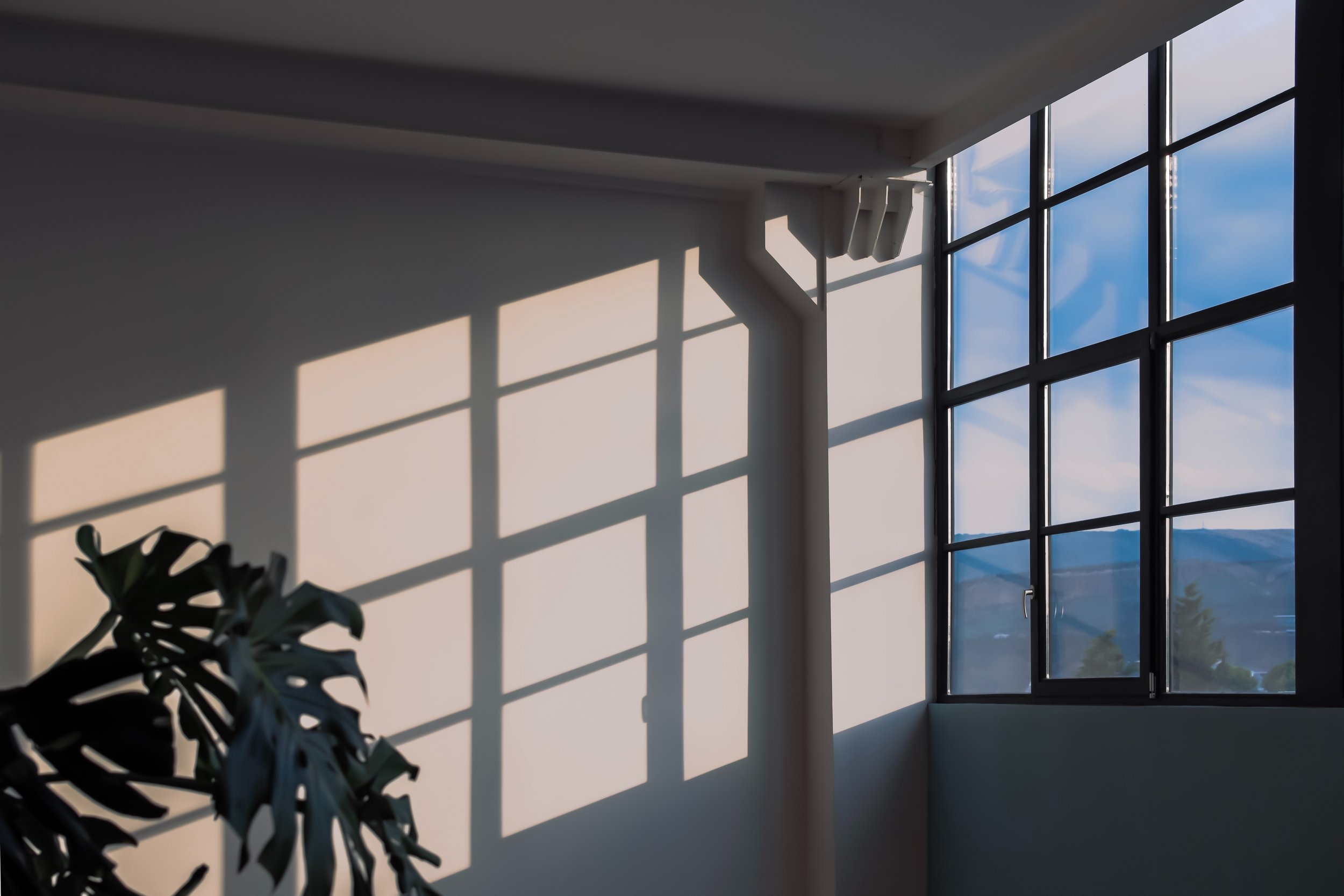Renters haven’t had much good news lately as landlords have jacked up monthly rents to previously unthinkable amounts across the country.
However, the rental market may be returning to something more seemingly normal. In September, the median monthly rent in the 50 largest U.S. metropolitan areas dropped for a second straight month, to $1,759, according to a recent report from Realtor.com®. That’s $12 lower than last month and a $22 drop from the peak in July.
Rents were still up 7.8% from September of last year. However, it’s the lowest year-over-year price increase since May 2021.
The report looked at apartments, condos, townhomes, and single-family homes advertised for rent in September on Realtor.com in the 50 largest metros. Only studios and one- and two-bedroom units were included. Metros include the main city and surrounding towns, suburbs, and smaller urban areas.
“September provided us consistent evidence of a rental market cooldown,” says Jiayi Xu, an economist at Realtor.com.
Prices typically slow or drop seasonally around this time of year, she explains. “Typically, when we enter fall and winter, the market is kind of slow.”
That small dip in prices is significant, though, as it comes after nearly two years of consistent rental price hikes.
And even with the recent drops, asking rent is still $275, or 22.8%, more a month for a studio apartment and $355, or 22.4%, higher for a two-bedroom unit than in September 2020. Year-over-year growth has slowed from its red-hot peaks, falling into single digits over the past two months.
Chicago rental prices continue to soar
Many of the wildest price increases for homes and rental units have been in the Sun Belt. Southeastern cities saw prices skyrocket as the move to remote work and COVID-19 fears pushed high earners out of their pricey coastal metros and toward warmer places like Florida, Texas, and Arizona. Cities such as Miami saw eye-popping, year-over-year rental growth rates of more than 50%. Many other Florida destinations weren’t far behind.
As that growth rate has cooled, Chicago has posted the largest rent hikes for the last two months running. Median rents rose 23.9% year over year in the Windy City in September, to reach $2,045 a month.
Real estate professionals attribute the rapid growth to a confluence of factors, including Chicago’s relative affordability throughout the pandemic and soaring demand. Many renters would have become homeowners if not for the difficulties they faced in the for-sale market, which included sky-high prices and a severe shortage of properties for sale. Now, rapidly rising mortgage interest rates have effectively pushed homeownership out of financial reach for many of them. That resulted in their renting for longer.
“What it comes down to is a real lack of inventory, so prices are rising. And why is there a lack of inventory? Interest rates,” says Mark Zipperer, a Realtor® and founder of Chicago’s Zip Group. “If you’re not buying, you’re going to go to rent.”
hicago is not alone in its rapid rise. Other Northern metros have also seen high year-over-year price increases. Rents rose 19.9% in Boston,18.2% in New York City, and 16.7% in Providence, RI, in September.
Related Links
It’s a Tie for the 2 Hottest Markets in America Right Now—Can You Guess Why They’re Neck and Neck?
Young people earning $100,000 or more are fleeing California and New York—here’s where they’re going
If there is a home that you would like more information about, if you are considering selling a property, or if you have questions about the housing market in your neighborhood, please reach out. We’re here to help.

